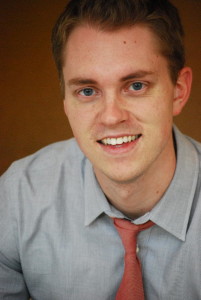 Technology on a Budget, by Andy Villemez and Dr. Michelle Conda
Technology on a Budget, by Andy Villemez and Dr. Michelle Conda
Andy Villemez gave a great session about some of the best free (or near-free) resources available on the internet.
1. Office Suites
Alternatives to the expensive Microsoft Office Suite:
- LibreOffice 4.1 (top pick) – very similar to Microsoft Word
- Apache OpenOffice (similar to LibreOffice)
- Google Drive – only basic functionality, but is cloud-based. There are Google apps you can apply to Google Drive, too (Simplebooklet looks cool. Also, Concept Board — which lets you collaborate visually in the cloud.)
2. Music Notation Software
Alternatives to Finale or Sibelius:
- Musescore (top pick) – everybody should download this free software. It is excellent.
- Finale Notepad
3. Library Cataloguing Software
Caveat: these services are free only to a limit.
- LibraryThing – online-based catalogue, free up to 200 books. Designed to allow you to keep track of the books in your library. You can even “check out” books when you want to loan them to students.
- Delicious Library 3 – companion app can act as scanner.
4. Sheet music
- Freesheetmusicguide.com – links you to other sites with music.
- IMSLP Petrucci Music Library – huge library of public domain sheet music.
- Musicnotes.com – not free, but contains lots of pop music at various levels, in any key you choose.
5. Online Pedagogical Resources
- Pianotools.com – keyboard visualizer and more.
- Musictheory.net – great theory lessons and tools. Here is even a customizable exercise maker. App available.


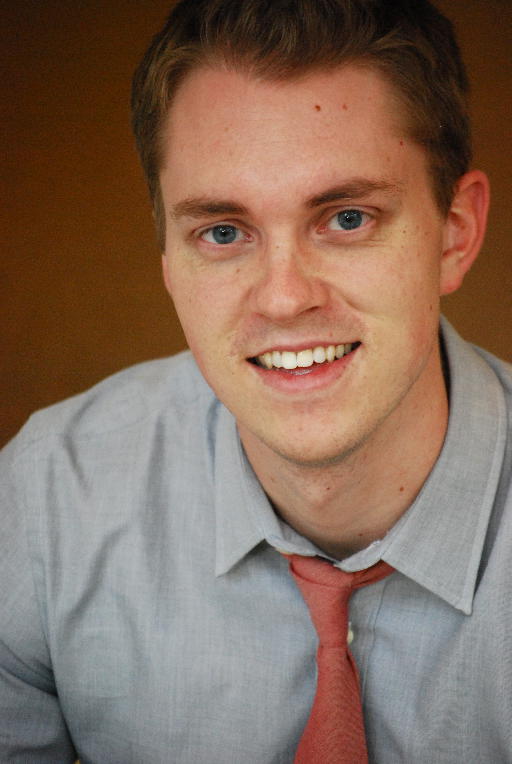

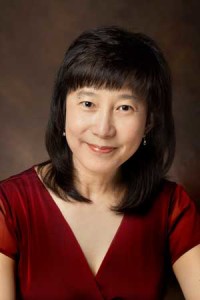 Practical Tips to Solve Common Issues in Teaching Advanced Transfer Students, by Siok Lian Tan
Practical Tips to Solve Common Issues in Teaching Advanced Transfer Students, by Siok Lian Tan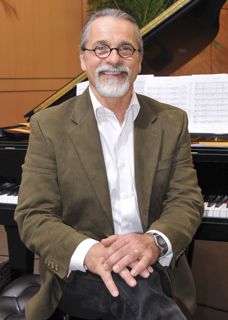
 Improvising Is For Everyone, by Bradley Sowash
Improvising Is For Everyone, by Bradley Sowash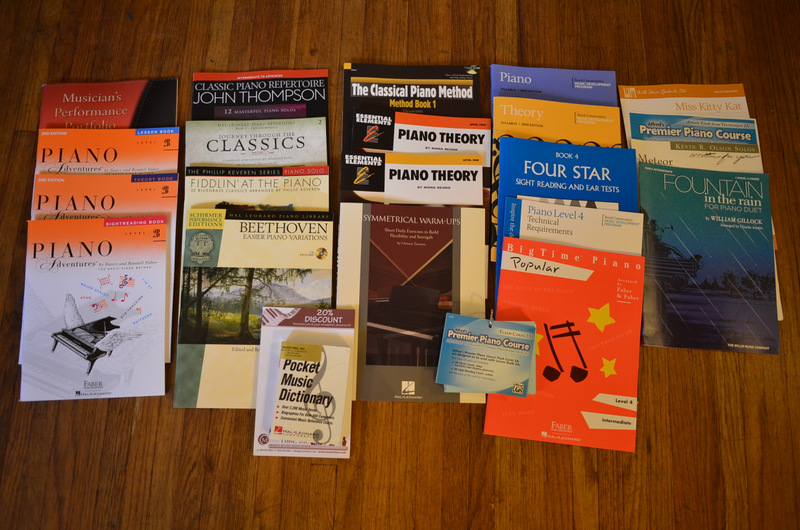

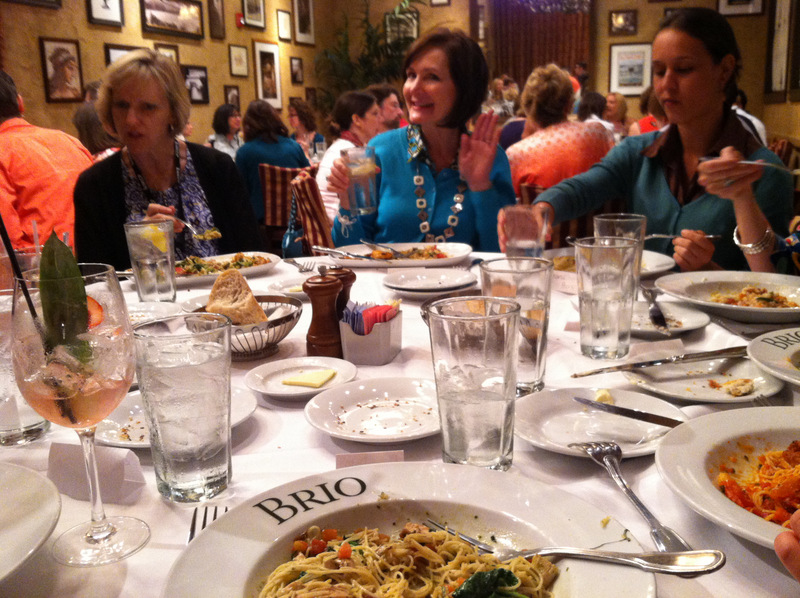
 The
The